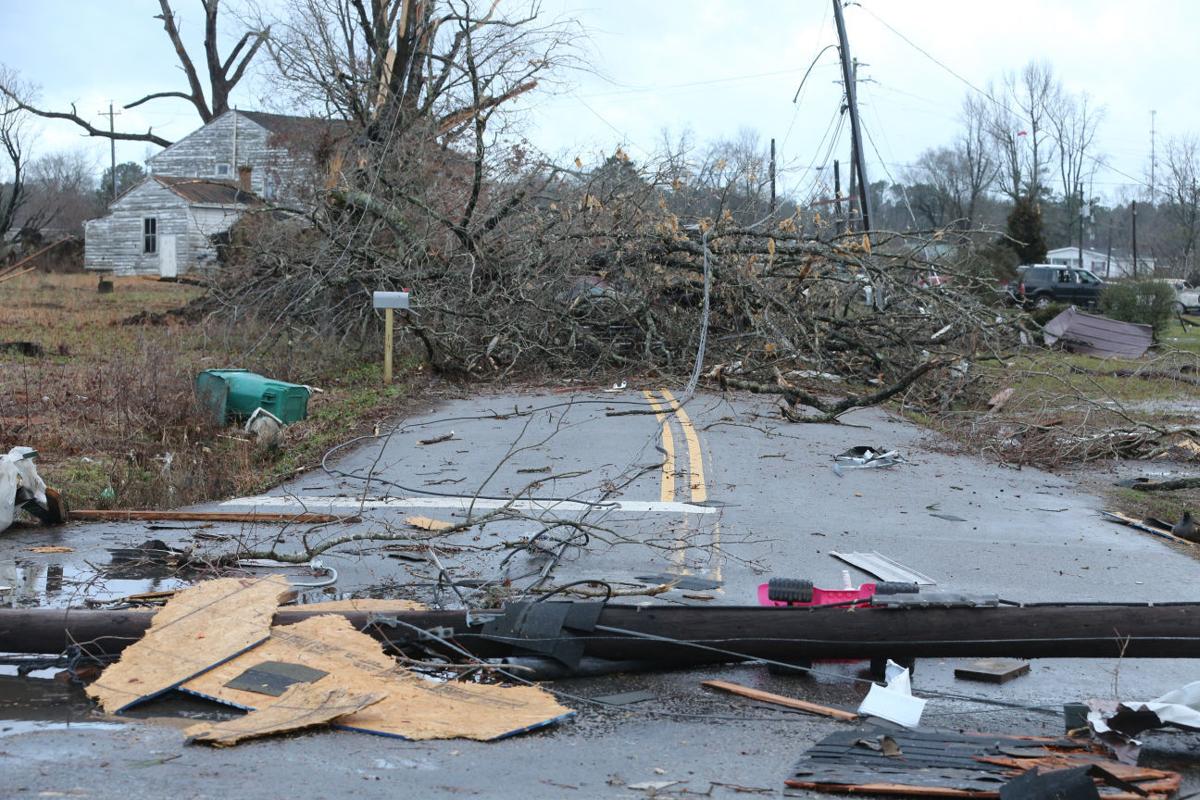
The Waverly tornado, a violent and destructive force, left a trail of devastation in its wake, forever etching its mark in the annals of Iowa’s history.
On May 27, 2022, this monstrous tornado, with winds exceeding 150 miles per hour, tore through the heart of Waverly, Iowa, leaving a path of destruction that stretched for miles.
Overview of Waverly Tornado
The Waverly tornado was a violent and destructive tornado that struck the town of Waverly, Iowa, on May 28, 2008. It was an EF4 tornado with winds reaching up to 170 miles per hour (270 kilometers per hour). The tornado tracked for 23 miles (37 kilometers) across Bremer County, causing widespread damage.
Meteorological Conditions Leading to the Tornado

The Waverly tornado formed in an environment of extreme atmospheric instability, strong wind shear, and abundant moisture. A warm front had stalled over Iowa, providing ample moisture and instability for thunderstorm development. Strong winds at different levels of the atmosphere created wind shear, which helped organize the thunderstorms into a rotating supercell.
Unique Meteorological Factors
The Waverly tornado formed within a cluster of supercells, making it difficult to identify and track on radar. Additionally, the tornado developed in a relatively rural area, resulting in fewer eyewitness accounts and limited damage to structures, which made it challenging to assess its intensity.
Damage Assessment and Recovery Efforts: Waverly Tornado
The Waverly tornado caused extensive damage to the town of Waverly and surrounding areas. Homes, businesses, and infrastructure were destroyed, leaving many residents homeless. The tornado also caused significant damage to agricultural land, destroying crops and livestock.
Recovery efforts began immediately after the tornado struck. Local, state, and federal agencies provided assistance to the affected communities. Volunteers from across the region also came to help with cleanup and rebuilding efforts.
Historical Context of Tornadoes in Iowa
Iowa is one of the most tornado-prone states in the United States. The state experiences an average of 50 tornadoes per year, more than any other state except Texas. The Waverly tornado was one of the most destructive tornadoes in Iowa’s history, causing more than $200 million in damage.
Comparison to Other Significant Tornadoes, Waverly tornado
The Waverly tornado was comparable in intensity to the Parkersburg tornado of 2008 and the Spencer tornado of 2011. However, the Waverly tornado was unique in its long track length and the relatively rural area it affected.
Tornado Safety and Preparedness
Tornadoes can be deadly and destructive, but there are steps individuals and communities can take to stay safe. Early warning systems, emergency plans, and shelter procedures can help reduce the risk of injury or death during a tornado.
Individuals should have a plan for where they will go and what they will do if a tornado warning is issued. They should also have an emergency kit with essential supplies, such as food, water, a first-aid kit, and a flashlight.
Communities should have a tornado warning system in place and should conduct regular drills to ensure that residents know what to do in the event of a tornado.
Concluding Remarks
The Waverly tornado stands as a grim reminder of the devastating power of nature and the importance of preparedness. As communities across the country grapple with the increasing frequency and intensity of extreme weather events, it is crucial to prioritize safety measures, invest in early warning systems, and foster a culture of resilience.
FAQ Section
What caused the Waverly tornado?
The Waverly tornado was spawned by a supercell thunderstorm that developed in an environment of high atmospheric instability, strong wind shear, and ample moisture.
What was the impact of the Waverly tornado?
The tornado caused extensive damage to Waverly, destroying homes, businesses, and infrastructure. It also claimed the lives of one person and injured several others.
What are the lessons learned from the Waverly tornado?
The Waverly tornado highlighted the need for improved tornado warning systems, community preparedness, and building codes designed to withstand high winds.





